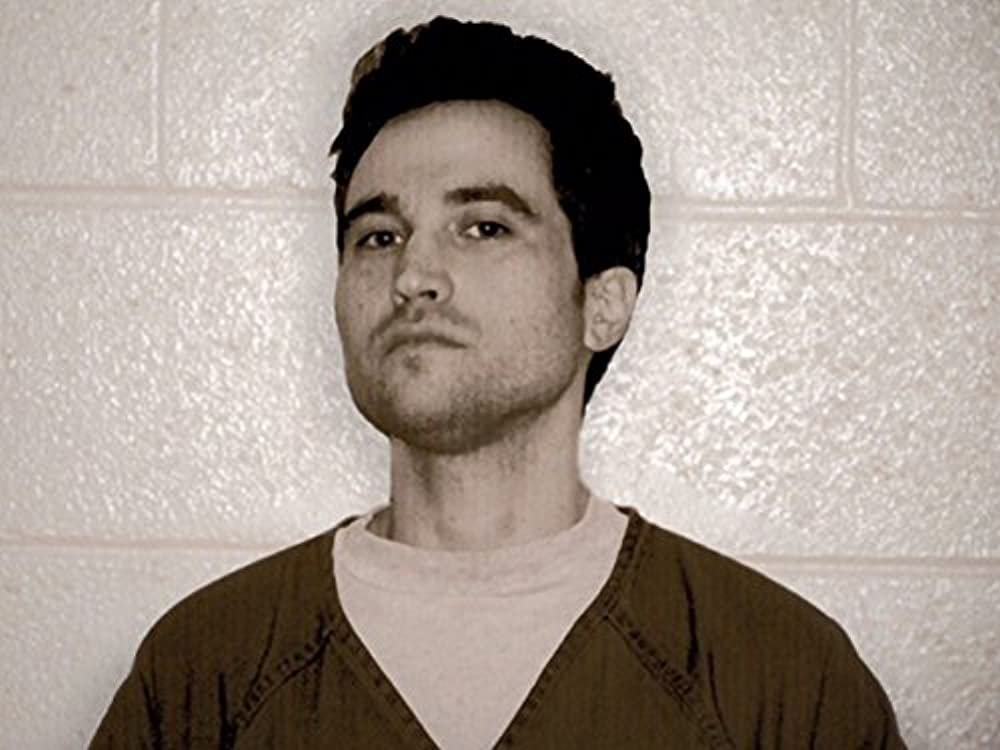Where is the Privacy Advocate Daniel Rigmaiden Now? – The case of Daniel Rigmaiden can only be described as perplexing since it progressed from fraud to questionable monitoring measures utilised by the authorities in the blink of an eye. After all, while it’s apparent that he used to be a talented criminal, the manner in which he was captured raised several serious privacy problems, as addressed in ‘Web of Make Believe: The Stingray.’
So, if you want to understand more about Daniel Rigmaiden, we’ve got you covered. We’ve got information on his past experiences, offences, court processes, and current whereabouts.
Also Read: Seth Rich Murder Case: Who Killed Him and Why?

Who is Daniel Rigmaiden and What Did He Do?
Daniel David Rigmaiden was merely a high school student in his hometown of Monterey, California, when he discovered he wanted to live off the grid for the rest of his life in order to avoid any conventional standards. He was not just unafraid of the authorities, but his family life was also not cheerful, so there was nothing stopping him from doing whatever he wanted, whenever he wanted. “Crimes were a necessary evil to get around a system I didn’t believe in,” the once-enigmatic robber revealed in the Netflix original production, “The crimes were a necessary evil to go around a system I didn’t believe in.”
Daniel didn’t want to be a part of ordinary society since he felt that it was just a machine that had been designed a long time ago and had only minor modifications as time went on.
“I knew I had to engage and try to solve it or opt out and not be involved at all,” he told the now-defunct TakePart in an interview back in 2016, “I knew I had to participate and try to fix it or opt out and not be involved at all.”
That’s why, according to the episode, his goal was to make as much money as possible in a short period of time, depart the country, and then live somewhere much cheaper so he’d never have to work another day in his life.
According to the documentary, Daniel went on the run after being charged with shoplifting and an unconnected misdemeanour possession charge of credit card forgery. He didn’t want to spend time in jail. As a result, he hopped from one California college town to the next, selling false IDs under various aliases, only to move on to submitting tax returns for the deceased not long after.
He didn’t hurt anyone, but over the course of a few years, he stole multiple identities and thousands of dollars, and he was so meticulous and paranoid that he always managed to hide his tracks, that is, until 2008.
Daniel, then 27 years old, was arrested in March 2008 as a result of a collaborative effort by the Federal Bureau of Investigation, the Internal Revenue Service, and the United States Postal Service. He knew they’d followed his AirCard from the minute he was brought into prison, he said on the show, because it was the only loose piece, but he couldn’t figure out how – he hadn’t even used his name.
As a result, while facing 35 counts of wire fraud, 35 counts of aggravated identity theft, and three other accusations, Daniel elected to represent himself in the proceedings.
But there was something else that wasn’t mentioned in the affidavit of seizure, the complaint, or any subsequent paperwork. The detectives had utilized a hidden device to track down Rigmaiden, one that allowed them to locate their target with far greater precision than Verizon could. It was known as a cell-site simulator, or Stingray by its trade name. The court order authorising its use did not include either phrase. Even the courts had to be kept in the dark about the device.
What Happened to Daniel Rigmaiden and Where Is He Now?
Daniel worked on his case six days a week, often 15 hours a day, at the pre-trial detention centre in Florence, Arizona (where no visitors were allowed). He filed hundreds of handwritten applications for evidential papers as well as detailed reports (all of which were relevant) before discovering a single reference of Stingray, which completely turned his case upside down.
Despite the fact that his application to conceal evidence linked to this notorious cell phone spyware device on the grounds that it violated the Fourth Amendment was denied, he did manage to persuade the FBI to admit they had used it.
The authorities offered Daniel a plea deal for time served almost as soon as a court refused his motion, with the one restriction that he could not appeal the case further. He was honestly tired of being locked up, so he accepted the bargain and walked out of the Central Arizona Florence Correctional Complex in April 2014 after nine months of negotiations and over six years in prison.
“They didn’t want to get rid of the case because they were scared the Stingray would be exposed even further, because it was very much already out there at that point.” They wanted to get rid of me since I was the one who was doing all the work. Daniel once claimed, “I was giving them so much work that it was pushing their resource limit,” referring to the fact that he’d pulled Stingray into the public eye.
In terms of his current location, Daniel has not only been a good, law-abiding citizen since his release, but his rehabilitation has gone so far that the authorities now frequently hire his skilled defence services. He may have tried to steal $5.3 million from the government (out of which he only received $434,000). Still, now that he realizes his blunder, he’s simply working as government transparency and privacy advocate.
Daniel is also the proud co-founder and mobile phone surveillance expert at the Aaron Swartz Day Police Surveillance Project, since he doesn’t want anyone else to go through what he did (ASDPSP).